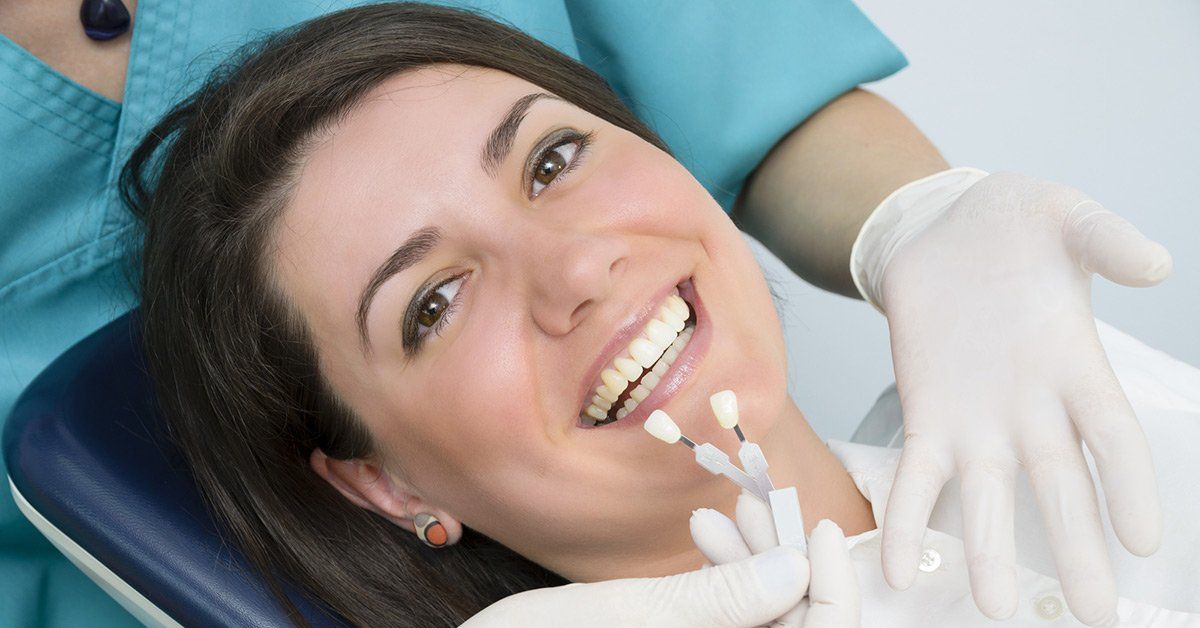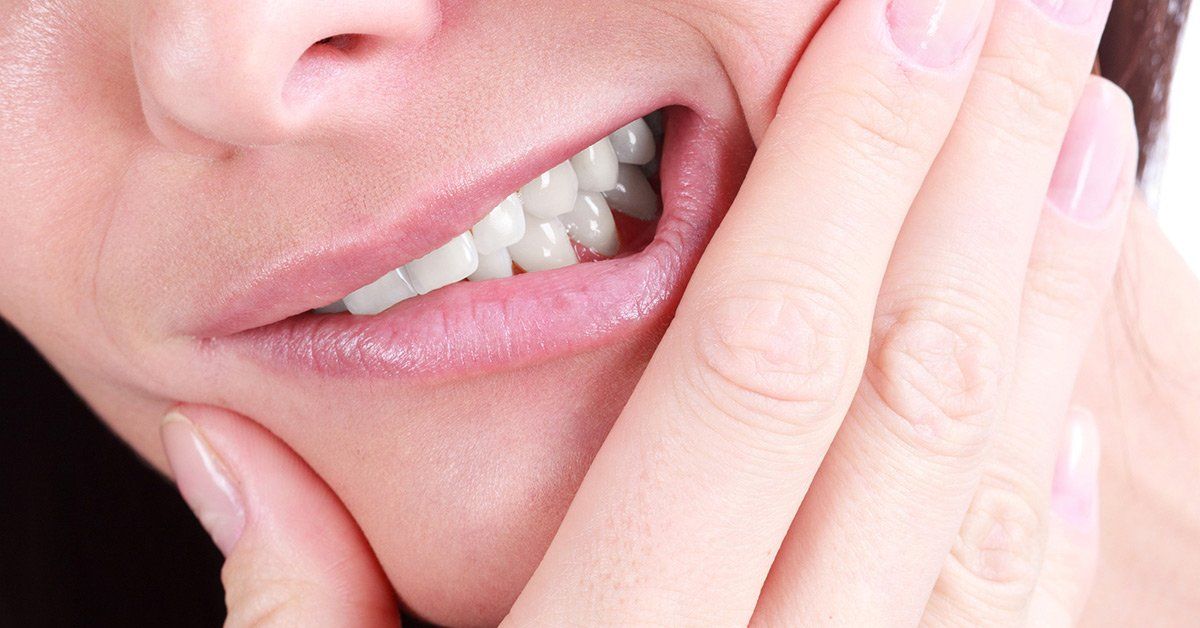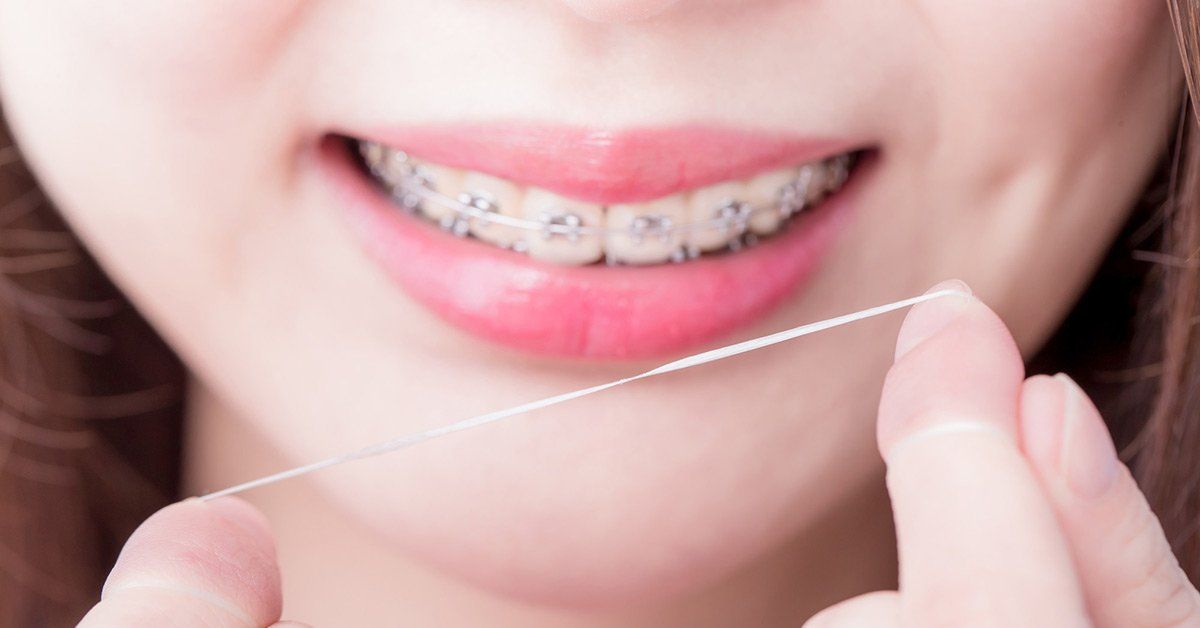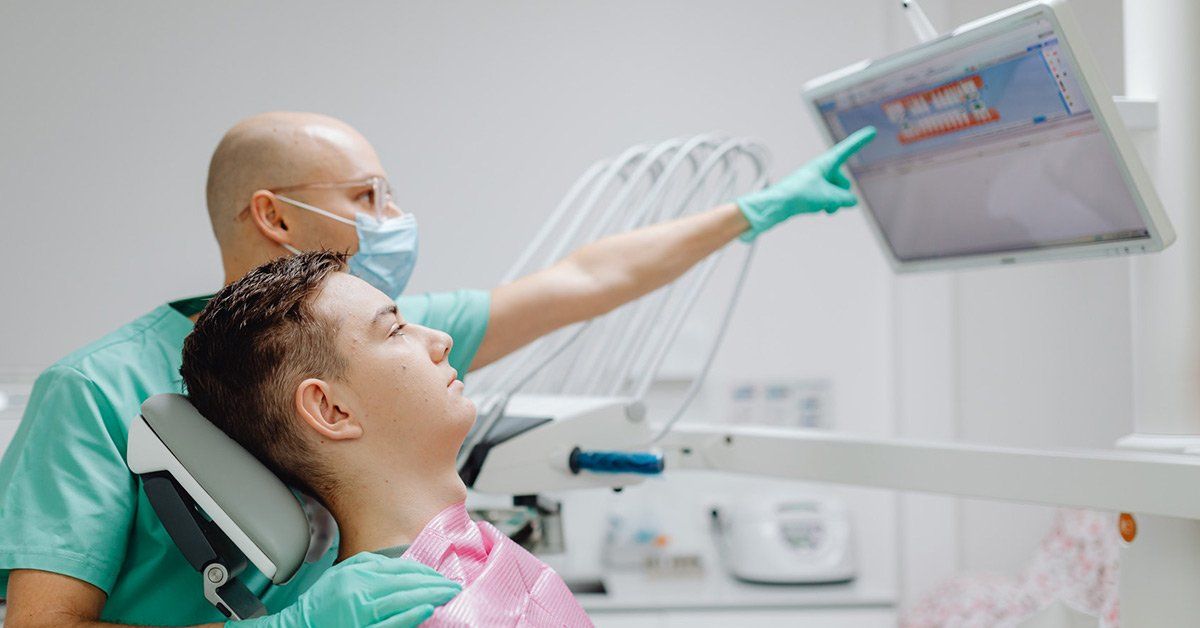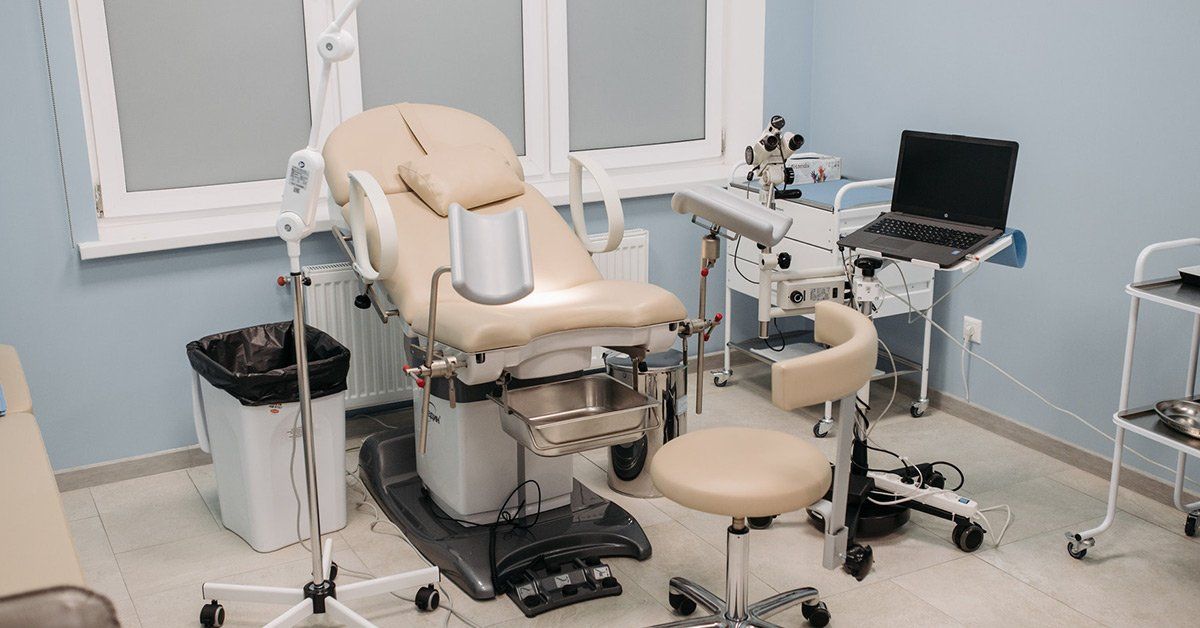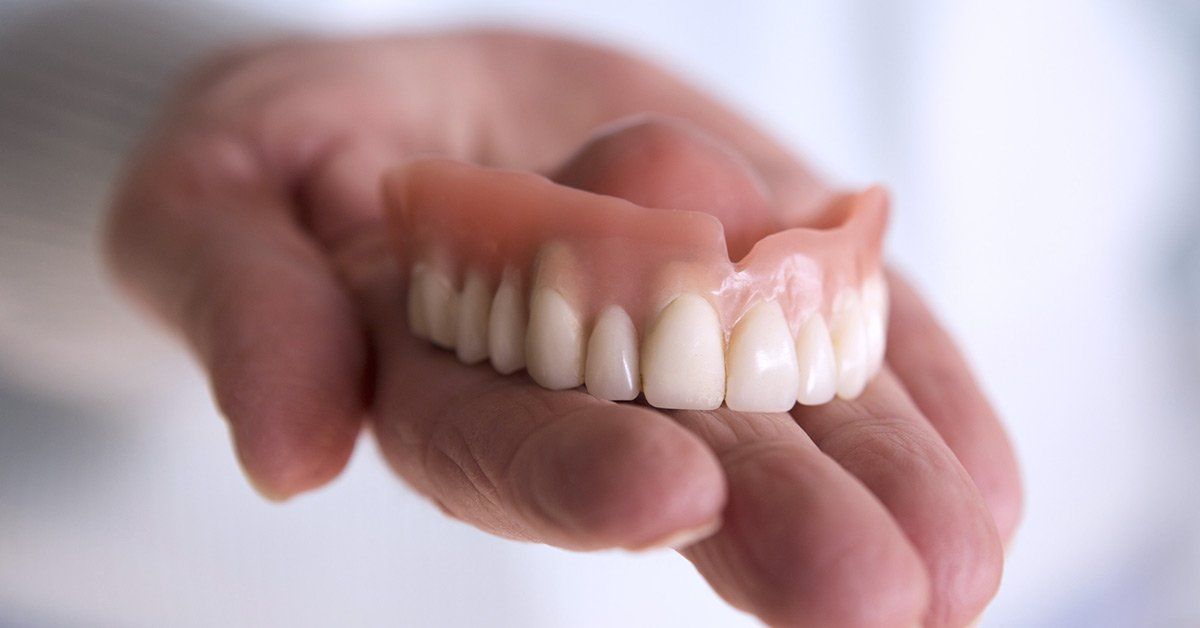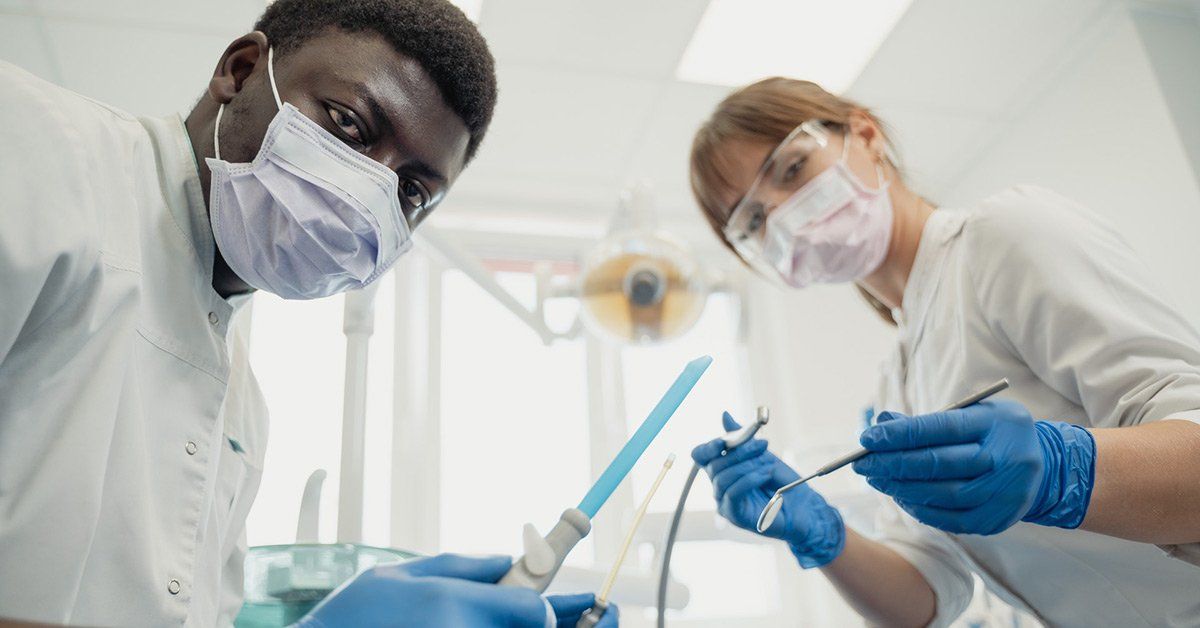Nature's Symphony
Breathtaking colors of our planet
Button
4 Conditions That Can Be Treated By an Orthodontist
When a person’s teeth or jaws are misaligned, a trip to the orthodontist might be required to fix the issue. Failure to treat malocclusions or misalignments can result in worse issues such as speech impairment, untimely degradation of the teeth and enamel, or possible damages to the teeth and jaw joints. The orthodontist can treat different orthodontic issues with a wide range of devices, including braces and Invisalign.
Common orthodontic problems
These are a few of the most common problems that can be solved through orthodontics.
Underbite and overbite
An underbite is a situation where the lower teeth protrude out further than the upper teeth. On the other hand, an overbite means that the upper teeth protrude further out than the lower teeth, often causing the lower teeth to bite against the roof of the mouth. An overbite can cause issues such as a ‘gummy’ smile, protruding lips, and the degradation of the incisors.
Crossbite
This case of malocclusion happens when the upper teeth are positioned inside the lower teeth, causing misaligned jaw growth or tooth stratification. To keep the mouth closed, the patient has to shift their jaw forward or sideways. This wrong bite causes incorrect use of the lower jaw and could cause facial asymmetry.
Crowding and spacing
Crowding is a case where the teeth do not have enough space to erupt out of the gums. This is perhaps one of the most common reasons for orthodontic treatment. Teeth crowding is unappealing and could cause gum issues and dental decay since it is a lot harder to clean the convoluted surfaces of the teeth.
Spacing, on the other hand, may be a result of missing teeth and the inability of a tooth to erupt. It is the direct opposite of crowding. Spacing is a situation where there is too much space on the jaw for the size of the developing teeth. The space must be closed or else the teeth close to the gap may start shifting out of place.
Open bite
This type of bite affects chewing because the upper and lower front teeth fail to overlap or come together when biting. This creates an open space between the teeth. Open bites normally are the result of bad childhood habits such as tongue thrusting and thumb sucking.
Orthodontic treatments
The orthodontist can recommend different orthodontic devices to correct malocclusion or misalignment, depending on the nature and severity of the problem. Such treatments include:
- Braces: Made of wires and brackets connected to the front of the tooth and used to move the teeth gradually. The orthodontist has to install and remove braces.
- Aligners: Made of custom-made plastic molds for the teeth and they sit over the teeth to move them. They are removable for eating and cleaning but should be worn for at least 22 hours daily.
Find out more
The teeth and the jaws should be correctly aligned. Misalignments can cause tooth decay and gum disease. The orthodontist is the dental professional with the expertise to carry out orthodontic treatment. When you go for your initial consultation, the dental expert will examine your oral cavity and take digital scans for a diagnosis, then recommend the appropriate treatment to align the teeth and jaws.
Request an appointment here: https://www.dentalartsofok.com
or call Dental Arts of Catoosa at (918) 937-2787 for an appointment in our Catoosa office.
Your smile deserves the best
Harmony Family Dentistry
Office Hours:
Monday-Friday:
8:00am - 5:00pm
Links
Our Office
360-841-7677
© 2025
All Rights Reserved | Harmony Family Dentistry
Website maintained by Xpress, INC




